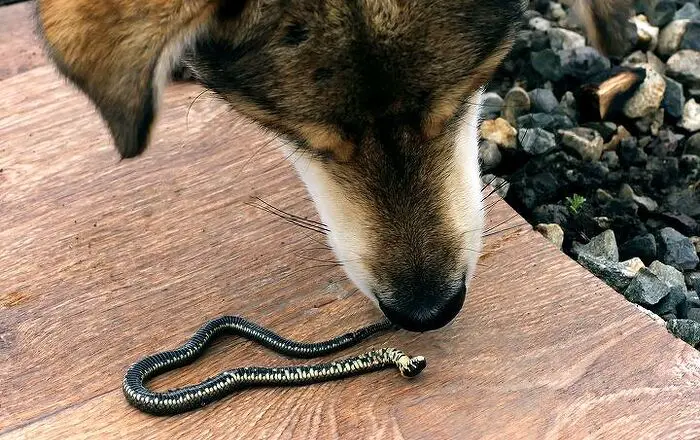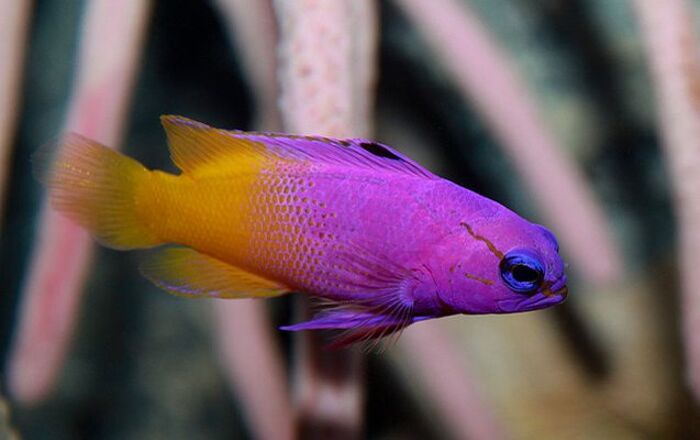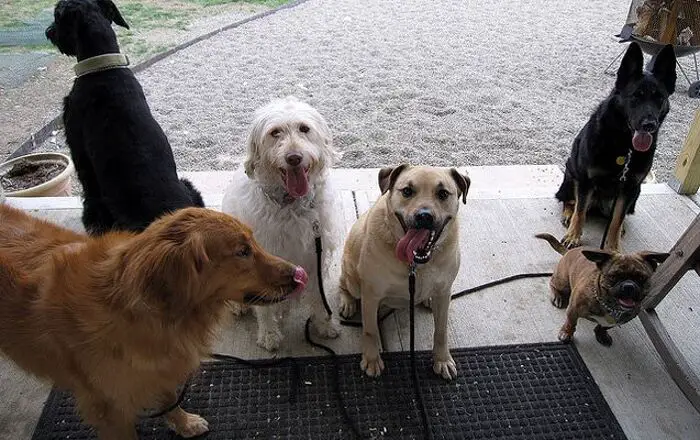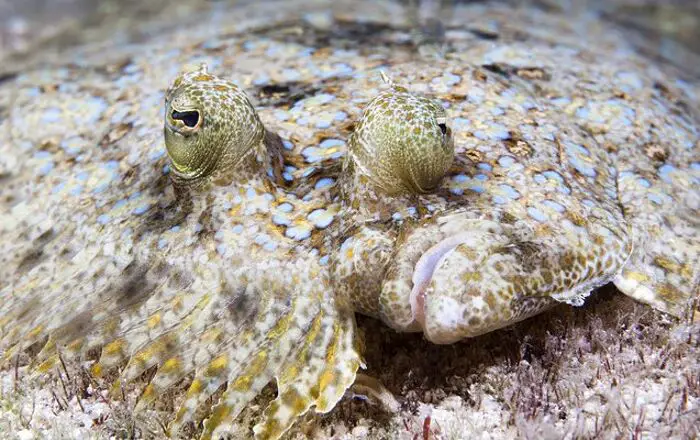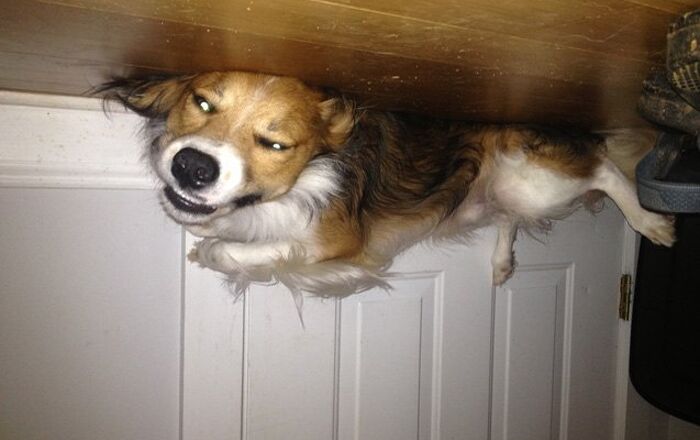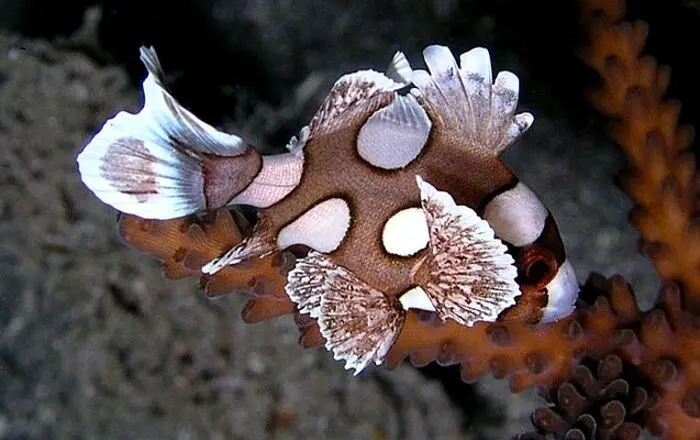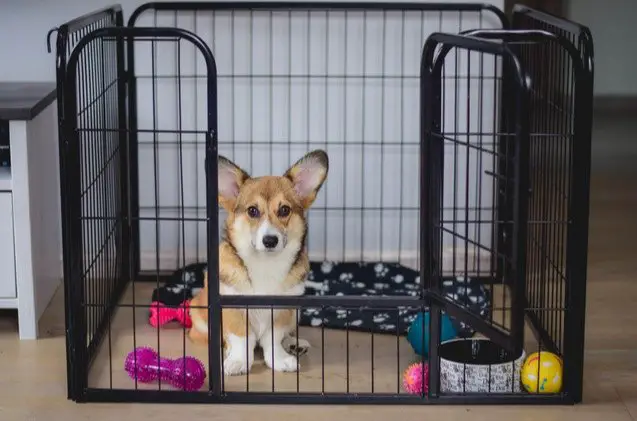
Dog owners should consider puppy crate training as a useful addition to basic training and socialization- when done properly, crating has many benefits, both for the dogs and the owners.
puppy crate training
Dog owners should consider crate training as a useful addition to basic training and socialization- even if you are not sure you’ll need to use a dog crate on a regular basis, having your puppy trained to feel calm and relaxed in one can help you a lot in the long run. Your puppy might grow up into an anxious pooch whose only haven would be a cozy den, or they might need to spend some time in a crate when traveling. Either way, having them prepared while they’re little ensures they’ll have no issues with the crate down the road.
So how else does puppy crate training help you out? Are there any benefits to crate training except getting your pooch not to fear spending time in one- if need be?
Reasons to Start Puppy Crate Training Right Now
Crates have a bad rep, but it’s completely undeserved. If you plan on keeping your puppy caged for hours, then, yes, crating is cruel, but no one is advocating that. When done properly, crating can have many benefits- both for the dog and the owner. Here are some of the ways that crate training can help you ensure your pooch is happy and well-balanced!
- Housebreaking
Puppy crate training is one of the most important uses of the crate in the housebreaking process. Dogs don’t like to mess up its living space and will instinctively hold it in until it can do its business outside the crate. It’s a great way to establish where it’s acceptable to go to the bathroom (outside) and where it shouldn’t (inside).
If you are housetraining and interested in extending the space available to your dog as they start to learn where they can go to the bathroom and where they shouldn’t, you can extend your dog’s ‘safe space’ by attaching an exercise pen to each side of the crate door. The next step in housebreaking, this will give your dog a little more room to explore and move about while still keeping their space relatively small. Slowly extending their space is a great way to work up to the point where they can be allowed to roam in your house without having to clean up ‘accidents’.
- Chewing
You don’t want your puppy chewing on your furniture or expensive shoes (even if there are called Jimmy Choo) and puppy crate training teaches them to only gnaw on the toys we give. This is just one of the ways to help establish good habits and preventing destructive ones that can be hard to break.
- Safety
The crate helps to keep your unknowing puppy safely away from dangerous household items. There are far too many tales of puppies injured and killed every year as a result of chewing wires, ingesting poisons or eating foreign objects. You may choose to give your puppy a little more room to roam when you are there watching over them. However, if you are distracted or unable to give them your full attention, limiting their access to items that could cause harm will prevent you from having to make trips to the emergency clinic, or worse.
- Separation anxiety
This is a huge problem for a lot of dogs. When you use the crate properly, this can help reduce your puppy’s chances of developing separation anxiety. This comfy den is a place where your dog is calm, out of trouble and used to being alone. It’s important to note that your puppy or dog shouldn’t be left in a crate all day if you work outside the home. They view this as a ‘safe space’ and simply being in their ‘den’ can provide your dog with a feeling of comfort.
- Traveling
Transporting a dog can be a challenge, especially if you have to fly with them. Most airlines require dogs to be crated in the cargo hold for the trip, and if your pooch is not crate trained, flying will not only be extremely stressful for them but also potentially dangerous. Teaching your puppy to feel safe and relaxed in a crate will pay off in the long run, particularly in moments such as when you are moving or going on a vacation. Similarly, having a portable crate with you when you’re traveling is an excellent way to provide your pet with a familiar place of their own- wherever they are. This will minimize any potential stress and make traveling more fun and pleasant for your pet!
- Veterinary Stays
No one wants to think about those frightening situations in which our dog is required to stay with the vet for medical supervision, but it’s a reality that you may have to face some day. If your dog is injured or sick, they are already under a significant amount of stress. Having to stay in a crate when they are not used to it can add more stress to an already overwhelming experience. By crate training your dog, you are able to make that one piece of the puzzle something that is familiar and therefore, not frightening. This obviously isn’t going to eliminate any upset from being at the veterinarian, from uncomfortable medical procedures or from medical equipment that they are unfamiliar with. It will ease their anxiety about the crate or kennel itself and every little bit of comfort that you can provide at times like this will be important.
Bonus Benefits of Having a Crate-Trained Dog
As if the main advantages of crate training weren’t enough to motivate you to invest some time and effort into crate training your pet, here are some more upsides to dog crates:
Of course, all of these benefits apply only when you use proper crating practices. It’s important to note that crates should never be used as a way to punish your dog. Instead, it should be a welcoming space your puppy can call its own. Similarly, it also means not overdoing it with time spent in a closed crate- more than 3 hours a day for puppies (with water, food and all the comfort) is simply unacceptable.
When you aren’t actively crate training your pup, many trainers recommend leaving the crate open so that your dog can come and go as they please. This will give them the freedom to retreat to their crate if they decide that it’s time to take a nap or if they are feeling overwhelmed by everything going on in your home. By doing this, you are helping your dog to learn that the crate is a positive thing and not always associated with being closed away from their family against their will.
Most importantly, always focus on making the crate a positive option. When placing your dog into their crate, praise them. At the beginning, you may also want to provide them with a treat. Over time, your dog will not only accept the crate, they will be happy to head inside knowing that something good is going to come from it.

